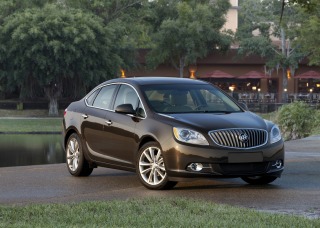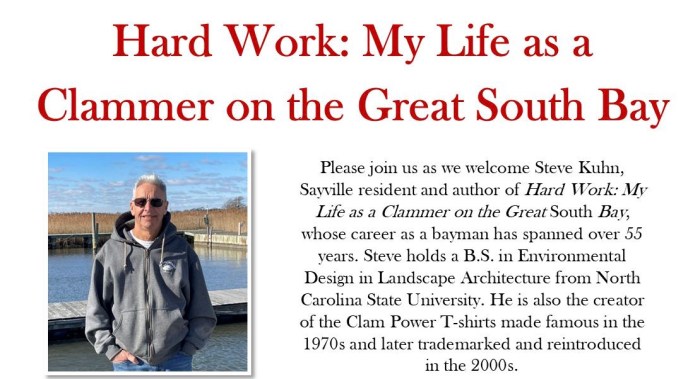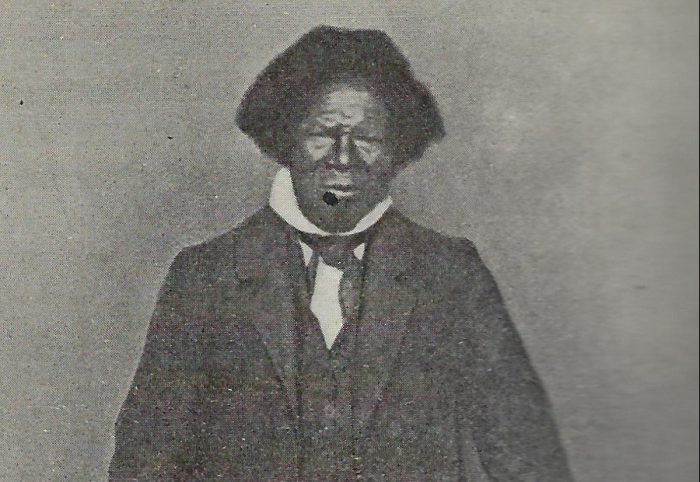
Despite its commuter-car roots, the 2012 Buick Verano drives and feels more like a luxury car, which makes its starting price all the more attractive.
Parent company GM sunk big cash into developing the smash-hit Chevrolet Cruze, but wringing a Buick from the same platform seemed dubious. A Toyota Corolla with leather, after all, does not a Lexus make. But here’s the difference: To begin with, the Cruze is no Corolla; this Buick is no Chevy clone, and GM’s latest whack at the below-$30,000 luxury piñata could pay off.
The front-drive Verano sedan comes in Base, Convenience and Leather trims, with the Base trim level’s price overlapping Chevrolet’s top-of-the-line Cruze LTZ. An automatic transmission and four-cylinder engine are standard. We tested a well-equipped Verano Leather.
Compact Dimensions
The Verano measures a smidge larger than the Cruze, with which it shares the same wheelbase. The Buick’s footprint falls between the shrink-wrapped Lexus IS 250 and larger Acura TSX, but its styling feels more anonymous than either. I found the nose too stubby, the tail forgettable and the whole of it laced with too much chrome. It’s not bad, but neither is it as compelling as the larger Buick LaCrosse.
You can see the Cruze in its profile, but the Verano isn’t a rebadge job. Buick cues abound: a waterfall grille, blue headlight tint and fake hood louvers. Eighteen-inch alloy wheels are standard, and the whole of it looks sufficiently different. Casual onlookers won’t invoke its Chevrolet sibling.
The Inside
Where it counts, the Verano’s interior feels plush — somewhere between a compact and a luxury car, but closer to the latter. Similar money could get a well-equipped Cruze or Mazda3. The Buick is richer than both. Its doors shut with a suitable thunk, and amid city gridlock and elevated trains, the insulation impresses. You can talk without raising your voice as a garbage truck barrels by. Padded materials line the doors and dash, fabric runs down the A-pillars — a luxury-car touch — and the faux-metal trim has an upscale brushed finish.
The Buick’s budget-luxury proposition shows through in a few rickety center controls and some plainer backseat trim, but the car’s price should help shoppers overlook that. So will its space. The front seats should accommodate the lankiest drivers. At 5-foot-11, I drove with the seat a few inches forward, and the height-adjustment range goes on forever. A six-way power driver’s seat is optional, but Buick should add a power passenger seat — a common feature among luxury cars. Harder to fix will be the Verano’s sightlines: Large side windows and mirrors illuminate what’s around you, but the short windshield and tiny rearview mirror limit things ahead and behind.
Buick’s IntelliLink multimedia system, a cousin to Chevrolet’s MyLink system, compares to similar systems from Ford and Toyota. Standard on the Verano, it can stream internet radio from smartphone applications like Pandora and Stitcher to the stereo and display supporting information on the 7-inch touch-screen. Controls below the screen are harder to sort through than the Cruze’s buttons, but they’re easier to navigate than the gaggle of knobs in the Buick Regal.
Like most premium small cars, the Verano’s backseat is modest. Headroom is livable, but legroom is tight. Consign any adults to the back, and they may try to negotiate an inch or two from you. Trunk volume in the Verano is a decent 14.3 cubic feet. It drops to 14.0 cubic feet with the Bose stereo, which intrudes on trunk space. A 60/40-split backseat is standard, and it carries the center seat belt with it when it folds — a convenience often found in European cars. It keeps you from having to maneuver large cargo around a belt that’s hanging off the rear shelf.
Driving
The front-wheel-drive Verano gets a larger four-cylinder than the Cruze. It’s normally aspirated, as opposed to the Cruze’s available turbocharged four-cylinder, but it makes for smooth starts and enough passing power. The standard six-speed automatic kicks down readily on the highway, arriving at the right gear with little hunting. It’s a decent cornering partner, too, downshifting readily to get you back up to speed. Armed with the right gear at the right time, the Verano makes the most of its 180 horsepower. GM hasn’t had the most responsive six-speed automatics, and it’s good to see the latest generation — installed across many of its 2012 models — improve on that. Should you want more power, hold your horses: GM will offer a turbocharged four-cylinder down the road.
The Verano will need more than a power bump to be fun, though. The linear brakes and sharp steering show promise, but throw the Verano into a corner and its nose-heavy balance and precipitous body roll will have you dialing back the antics. Most Verano drivers will keep to straight-line stop-and-go, I suspect, where the car fares better. The front-drive TSX feels similarly mushy at the limits. Driving enthusiasts should look elsewhere.
The Verano rides as well as the Cruze — no slouch itself. The suspension reduces expansion joints and potholes to distant clunks, and it isolates the cabin well on the highway. EPA gas mileage with the four-cylinder is a modest 21/32 mpg city/highway, but the Verano runs on regular unleaded. So do comparable compacts — most of which beat the Verano by a few mpg — but luxury cars like the TSX and IS want premium and lose a few mpg, too.
Safety, Features & Styling
With top crash-test scores across the board, the Verano is a Top Safety Pick from the Insurance Institute for Highway Safety. Standard features include 10 airbags, plus the antilock brakes and electronic stability system required on all new vehicles starting with the 2012 model year. Being a new car, the Verano doesn’t have a reliability trail, but the year-old Cruze does and it stinks. Overall reliability is well below average. GM has work to do.
The Verano starts around $22,500, overlapping the well-equipped Cruze LTZ but undercutting the TSX, C30 and A3 by $2,300 or more. Standard features include dual-zone climate control, faux leather upholstery and a touch-screen, iPod/USB-compatible stereo with Buick’s IntelliLink system. Climb the trims and you can get keyless access with push-button start, heated front seats, a power driver’s seat, genuine leather, a navigation system and a moonroof. A power passenger seat, however, is unavailable.
Loaded to the gunwales, the Verano tops out around $29,000. That’s still short of the base TSX.
Verano in the Market
The path to entry-luxury success is littered with Infiniti G20s, BMW 318s and Mercedes C230 hatchbacks. But automakers persist. Mercedes will bring the next A-Class here, and Audi has plans for a revamped A3. You can hardly blame GM for bringing us a Buick version of the Cruze, especially given the Buick’s differences. Holes in the automotive landscape reveal untapped opportunities — or simply no demand. Time will tell what Buick found.
Snapshot:
Starting MSRP $22,585–$25,965
MPG
City: 21
Highway: 32
Available Engines
180-hp, 2.4-liter I-4 (flexible; E85)
Transmissions
6-speed automatic w/OD and auto-manual
New or Notable
• New compact sedan for 2012
• 180-hp four-cylinder
• Standard six-speed automatic
• Standard 18-inch alloy wheels
What We Like
• Upscale interior
• Large trunk
• Available heated steering wheel
• Available Buick IntelliLink offers enhanced smartphone connectivity
What We Don’t
• Unremarkable gas mileage
• Turbocharged engine not available at launch































